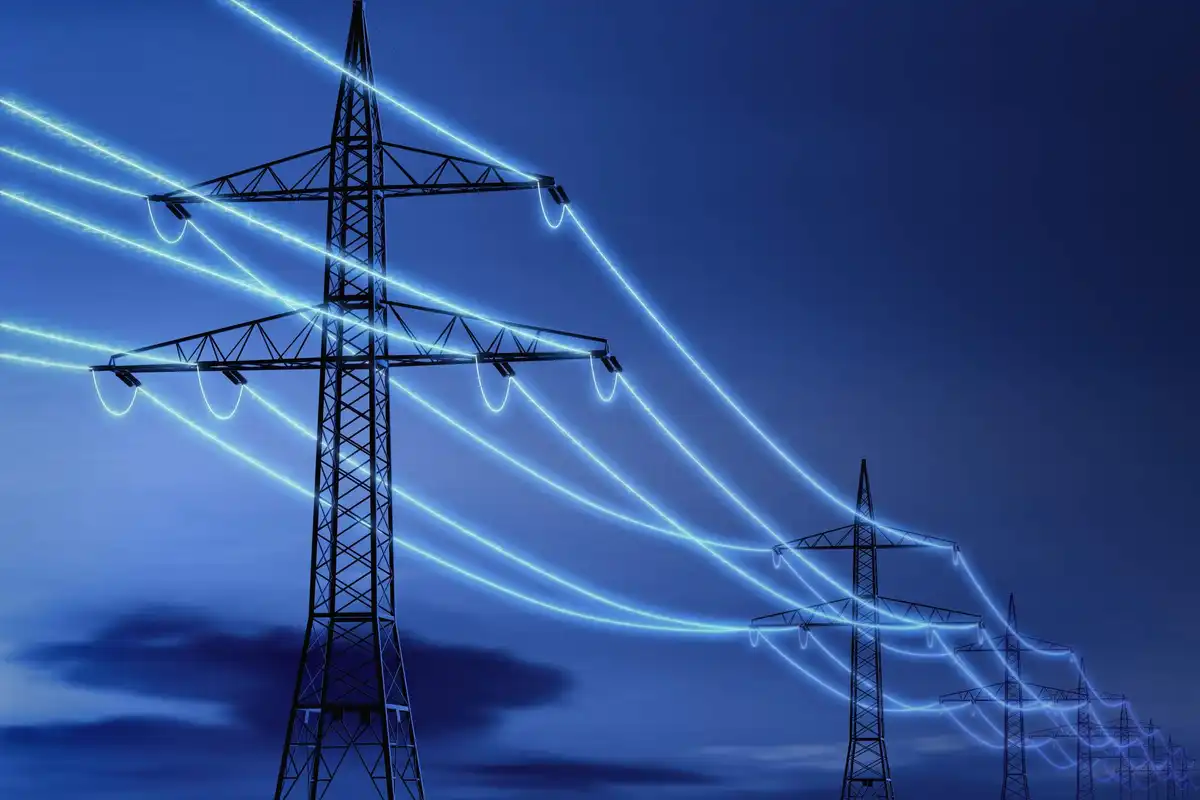Houston companies scoop up $31 million in funds from DOE, EPA methane emissions program
fresh funds
The U.S. Department of Energy and the U.S. Environmental Protection Agency announced the selection of seven projects from Houston companies to receive funding through the Methane Emissions Reduction Program.
The projects are among 43 others nationwide, including 12 from Texas, that reduce, monitor, measure, and quantify methane emissions from the oil and gas sector. The DOE and EPA awarded $850 million in total through the program.
The Houston companies picked up $31.7 million in federal funding through the program in addition to more than $9.5 million in non-federal dollars.
“I’m excited about the opportunities these will create internally but even more so the creation of jobs and training opportunities for the communities in which we work,” Scott McCurdy, Encino Environmental Services CEO, said in a news release. His company received awards for two projects.
“These projects will allow us to further support and strengthen the U.S. Energy industry’s ability to deliver clean, reliable, and affordable energy globally,” he added.
The Houston-area awards included:
DaphneTech USA LLC
Total funding: $5.8 million (approximately $4.5 million in federal, $1.3 million in non-federal)
The award was granted for the company’s Daphne and Williams Methane Slip Abatement Plasma-Catalyst Scale-Up project. Daphne will study how its SlipPure technology, a novel exhaust gas cleaning system that abates methane and exhaust gas pollution from natural gas-fueled engines, can be economically viable across multiple engine types and operating conditions.
Baker Hughes Energy Transition LLC
Total funding: $7.47 million (approximately $6 million in federal, $1.5 million in non-federal)
The award was granted for the company’s Advancing Low Cost CH4 Emissions Reduction from Flares through Large Scale Deployment of Retrofittable and Adaptive Technology project. The project aims to develop a scalable, integrated methane emissions reduction system for flares based on optical gas imaging and estimation algorithms.
Encino Environmental Services
Total funding: $15.17 million (approximately $11 million in federal, $4.17 million in non-federal)
The award was granted for two projects. The Advanced Methane Reduction System: Integrating Infrared and Visual Imaging to Assess Net Heating Value at the Combustion Zone and Determine Combustion Efficiency to Enhance Flaring Performance project aims to develop and deploy an advanced continuous emissions monitoring system. It’s Advancing Methane Emissions Reduction through Innovative Technology project will develop and deploy a technology using sensors and composite materials to address emissions originating in storage tanks.
Envana Software Solutions
Total funding: $5.26 million (approximately $4.2 million in federal, $1 million in non-federal)
The award was granted for the company’s Leak Detection and Reduction Software to Identify Methane Emissions and Trigger Mitigation at Oil and Gas Production Facilities Based on SCADA Data project. It aims to improve its Recon software for monitoring methane emissions and develop partnerships with local universities and organizations.
Capwell Services Inc.
Total funding: $4.19 million (approximately $3.3 million in federal, $837,000 in non-federal)
The award was granted for its Methane Emissions Abatement Technology for Low-Flow and Intermittent Emission Sources project. It aims to to deploy and field-test a methane abatement unit and improve air quality and health outcomes for communities near production facilities and establish field technician internships for local residents.
Blue Sky Measurements
Total funding: $3.41 million (approximately $2.7 million in federal, $683,000 in non-federal)
The award was granted for its Field Validation of Novel Fixed Position Optical Sensor for Fugitive Methane Emission Detection Quantification and Location with Real-Time Notification for Rapid Mitigation project. It aims to field test an optical sensing technology at six well sites in the Permian Basin.
Southern Methodist University, The University of Texas at Austin, Texas A&M Engineering Experiment Station and Hyliion Inc. were other Texas-based organizations to earn awards. See the full list of projects here.
- Houston-based Oxy subsidiary receives $600M in federal funding for carbon capture project ›
- DOE taps Houston company's facility to advance carbon capture, storage infrastructure ›
- DOE doles out $80M for Houston superconductor tech manufacturer's new facility ›
- DOE doles out funding to 4 Houston tackling carbon dioxide removal tech ›








 Air Liquide and Hyundai agreed to expand hydrogen refuelling networks, storage capacity and more at a meeting in Seoul last week. Photo courtesy Air Liquide.
Air Liquide and Hyundai agreed to expand hydrogen refuelling networks, storage capacity and more at a meeting in Seoul last week. Photo courtesy Air Liquide.
